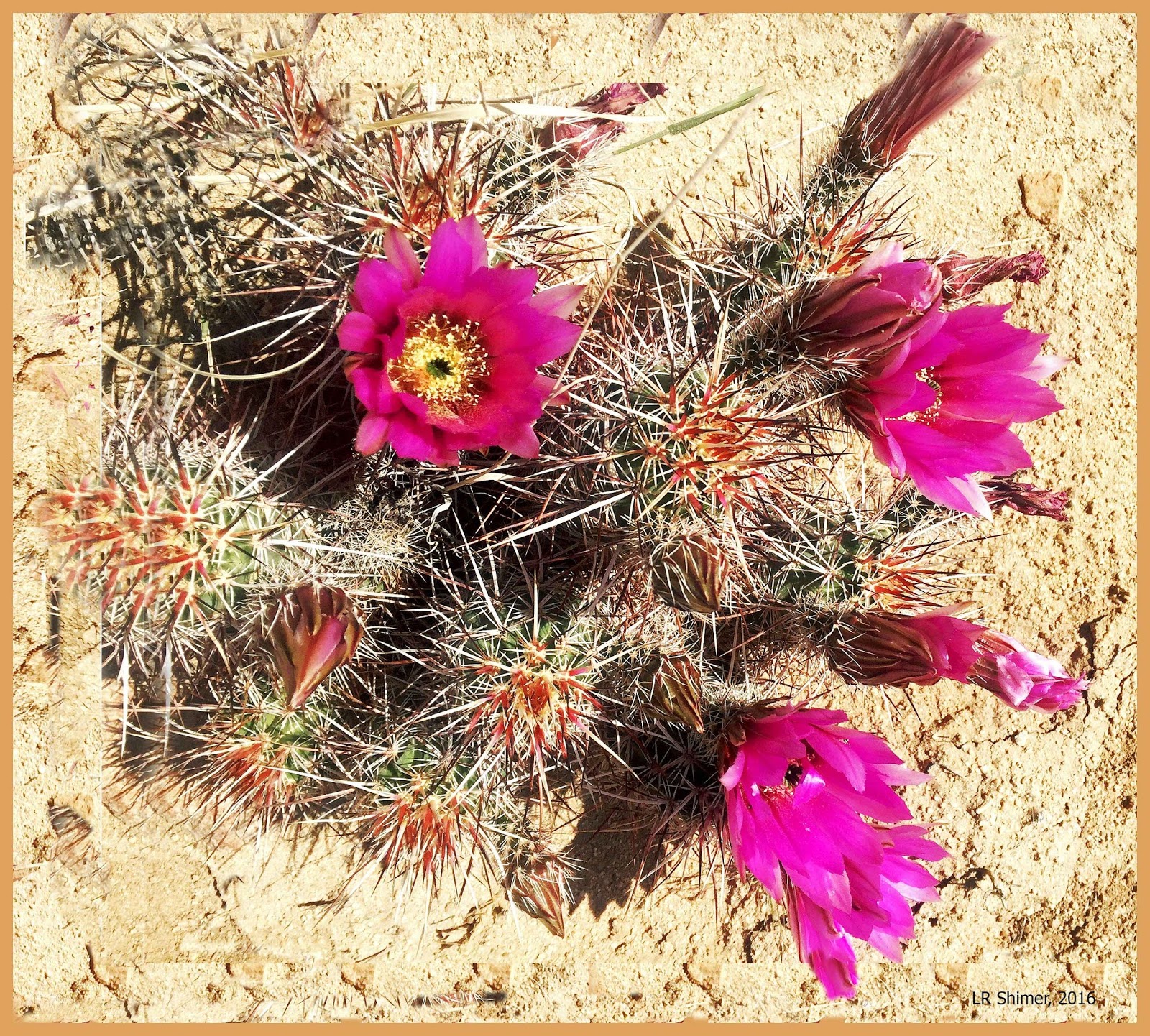The Joshua Tree - Yucca brevifolia - Is only one star in this fantastic National Park

In California, where I live, we have a lot of different ecosystems
- Deep Green Forests of Redwood and Douglas Firs
- The Mediterranean Look - Oaks and Chaparral
- An Extensive Coastline
- The Great Central Valley - A huge agricultural area that feeds not only the state, but many others as well
- Deserts
Joshua Tree National Park is in an area, in Southern California, where the High Mojave Desert and the Low Colorado Desert come together. It's large colony of rare Joshua Trees, Yucca brevifolia , is the largest in the world. In the park, look for:
- Unusual granite rock formations
- Several of these domes are set aside for rock climbing . There are a variety of climbing skill levels
- A plethora of jaw-dropping hikeable and drivable desert landscapes
- Amazing cactus and fantastic spring desert wildflowers
- Chances to see unusual desert wildlife such as...
- Bighorn sheep, mule deer, ancient endangered tortoises, jackrabbits, and coyotes
- Desert Birds such as roadrunners, Gambel's Quail, Golden Eagles
- Tarantulas and Scorpions
Read More .... Joshua Tree National Park





